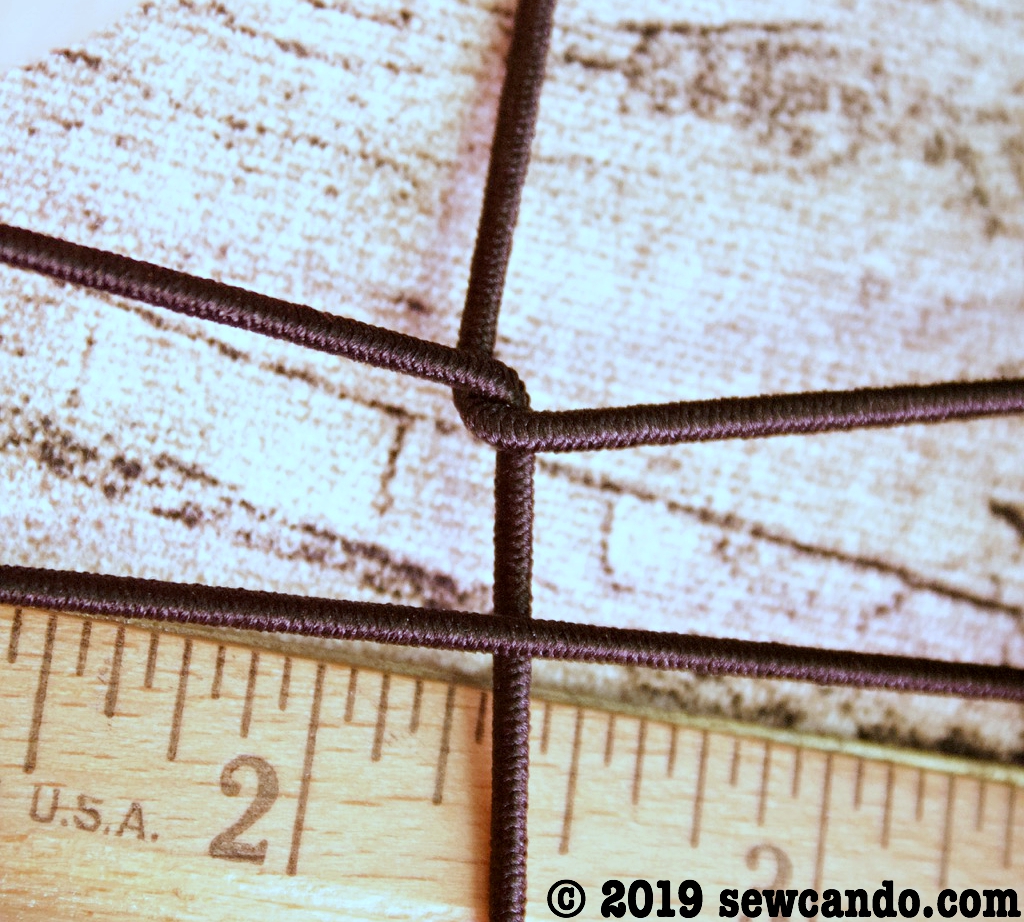
#Types of knotes that hold spheres serial
Similarly, links have a symbol n i m where n is again the number of crossings, m the number of linked loops and i again is a serial number. Knots with a small number of crossings are identified by the Alexander–Briggs (AB) symbol n i in which n is the number of crossings and i is a serial number. Knots and links have a characteristic crossing number, which may be informally defined as the minimal possible number of crossings in a planar drawing of the structure. As discussed in the supporting information, these were not isogonal but had two or more kinds of corner (vertex).Ī good account of knot theory, for those unfamiliar with the topic, is the book by Adams (1994 ). These were derived by replacing faces of regular polyhedra with polygons with entwined edges. We note an earlier study (Hu et al., 2009 ) enumerating cubic and icosahedral polycatenane structures. Key structures are identified by a three-letter symbol and can be found in the Reticular Chemistry Structure Resource (RCSR, O'Keeffe et al., 2008 ) in the section on Polyhedra, keyword `weaving'. These are either stick-transitive (transitivity 1 1 1), for which we believe all structures are identified, or stick 2-transitive (transitivity 1 2 1), a category that includes the infinite family of torus knots and links. In the present work we focus on finite structures such as knots and links (chemically, polycatenanes) giving what we believe is a reasonably complete survey of isogonal structures. In earlier work we surveyed the field with emphasis on periodic structures (Liu et al., 2018 ) and gave a detailed analysis of regular 2-periodic structures (O'Keeffe & Treacy, 2020 ). Structures with transitivity 1 1 1 we term regular.Ī major tenet of reticular chemistry is the principle of minimal transitivity, which holds that structures most likely to occur, and hence good targets for synthesis by design, are those with minimal transitivity (Li et al., 2014 ).

In the jargon, corner- (vertex-) transitive structures are isogonal.

symmetry-related – `one orbit') of corner, s kinds of stick and t kinds of thread or loop. For such structures a transitivity c s t indicates that there are c kinds ( i.e. In knots, threads and loops, sticks meet at 2-coordinated (2-c) vertices termed corners. In this approach we term the linear segments sticks, in accordance with established practice in knot theory and to emphasize that we are interested in structures with linear, non-intersecting, edges.

Pursuant to that goal we analyze geometric structures as being piecewise linear, considering this as most relevant to chemical structures at the molecular level (Liu et al., 2018 O'Keeffe & Treacy, 2020 ). Target materials include finite structures such as polyhedra (Tranchemontagne et al., 2008 ). We are particularly interested in such structures from the perspective of reticular chemistry, which is concerned with the directed assembly of symmetrical frameworks from molecular components (Yaghi et al., 2003 ). Suggested knots most suitable for self-assembly have recently been identified (Marenda et al., 2018 ). Weavings, knots, links and related geometrical structures are currently of considerable interest in materials chemistry and biochemistry, as testified in recent reviews (Lim & Jackson, 2015 Flapan, 2015 Bruns & Stoddart, 2016 Pieters et al., 2016 Horner et al., 2016 Fielden et al., 2017 ) and in other recent reports (Danon et al., 2017 Wu et al., 2017 Kim et al., 2018 Zhang et al., 2018 Leigh et al., 2019 Sawada, Saito et al., 2019 Sawada, Inomata et al., 2019 Inomata et al., 2020 ).


 0 kommentar(er)
0 kommentar(er)
